EVERYTHING YOU NEED TO START A PODCAST!
Posted by Mbuyoti Muwela on 16th Jun 2023
A podcast is a series of audio or video files that you can listen to or watch online. They cover lots of different topics and you can find them on websites or apps. They're popular because you can listen to them while doing other things, like driving, cleaning, working, exercising etc.
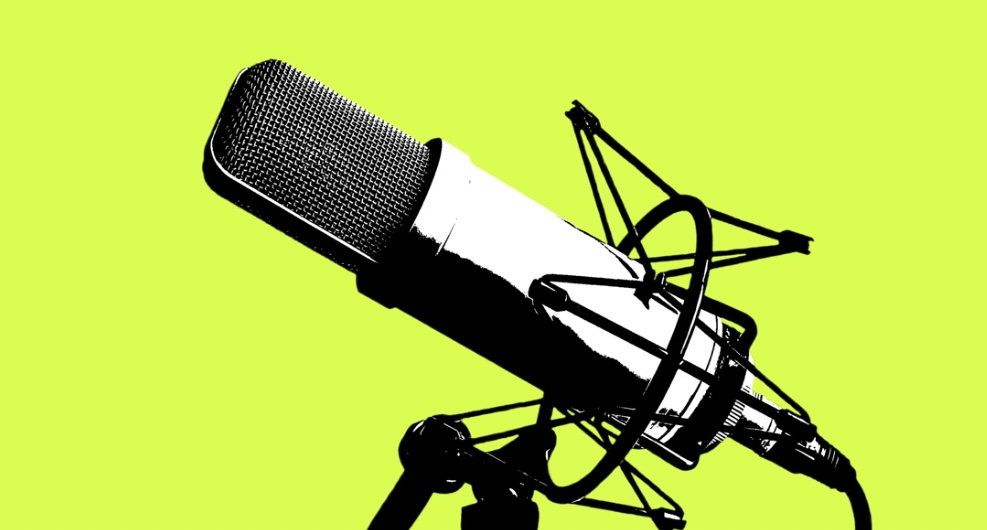
Podcasts have become more and more popular in the recent years, with millions of people around the world listening to them maybe even daily. Other than just listening to podcasts many people also want to start their own (or already have) but they just want to know what they need to have good quality podcasts.
In this blog, we’ll look at a few essential items you'll need to ensure a smooth recording and production process. Here are some recommendations:
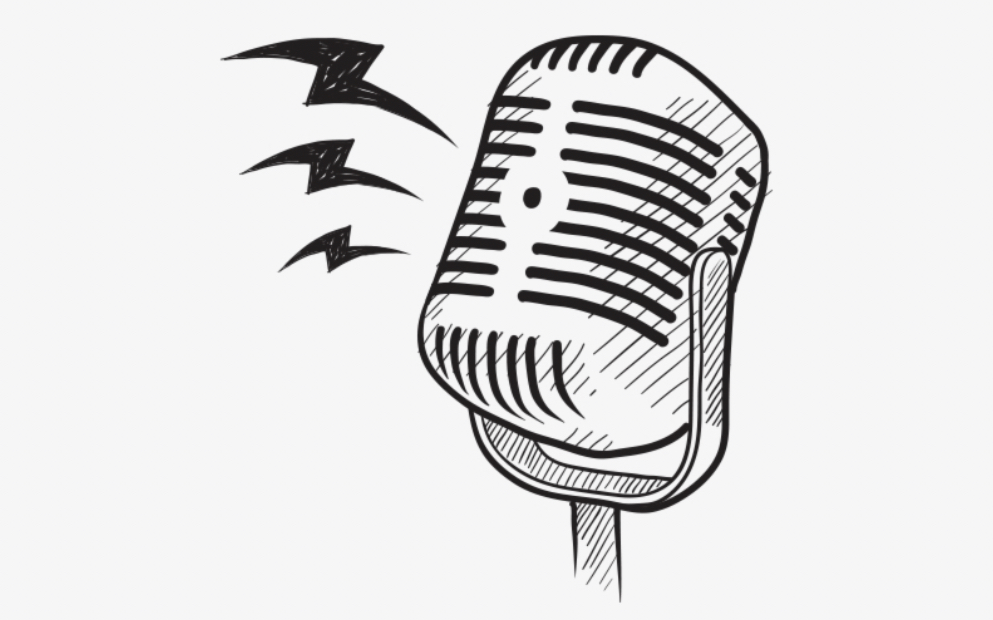
1. Microphone: A good-quality microphone is extremely important for picking up clear and professional-sounding audio. USB microphones are popular for podcasting due to their ease of use. Brands like the Audio-Technica and Blue Yeti are popular for being great and reliable.
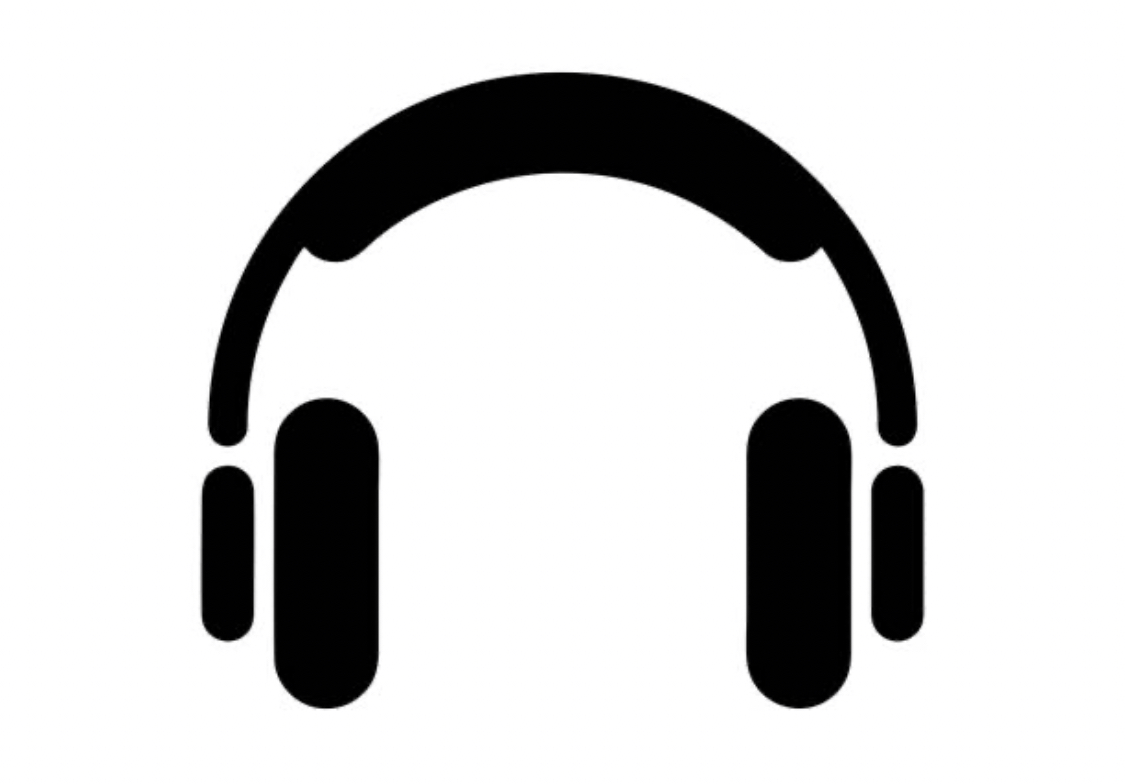
2. Headphones: Invest in a pair of closed-back headphones to monitor your audio while recording and editing. They help you catch any issues or background noise during the recording process. A Popular brand option would be Sony.
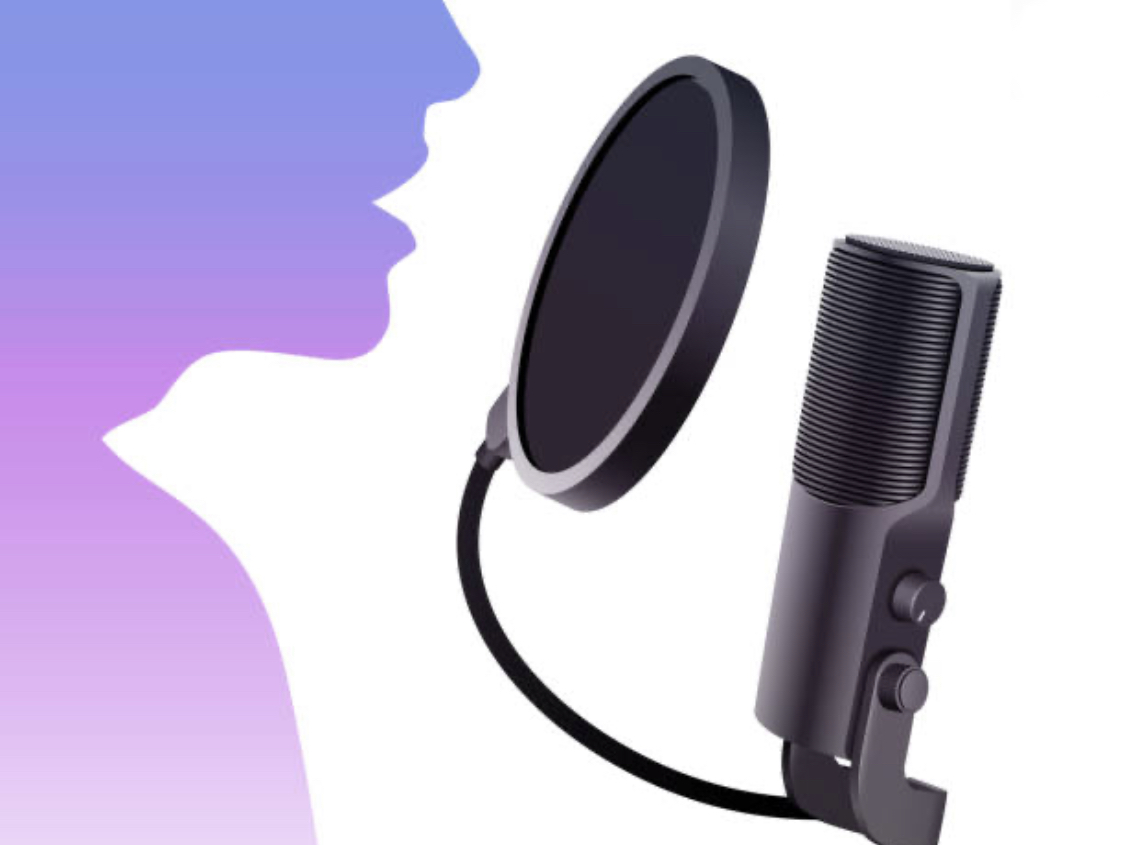
3. Pop Filter: A pop filter is a screen that attaches to your microphone and helps reduce popping sounds (like "p" and "b" sounds) that can cause distortion. It ensures cleaner audio quality.

4. Boom Arm or Mic Stand: A boom arm or mic stand allows you to position your microphone at a comfortable height and distance while recording. This helps minimize handling noise and ensures consistent audio quality. The Heil Sound PL-2T Overhead Broadcast Boom is a popular choice.
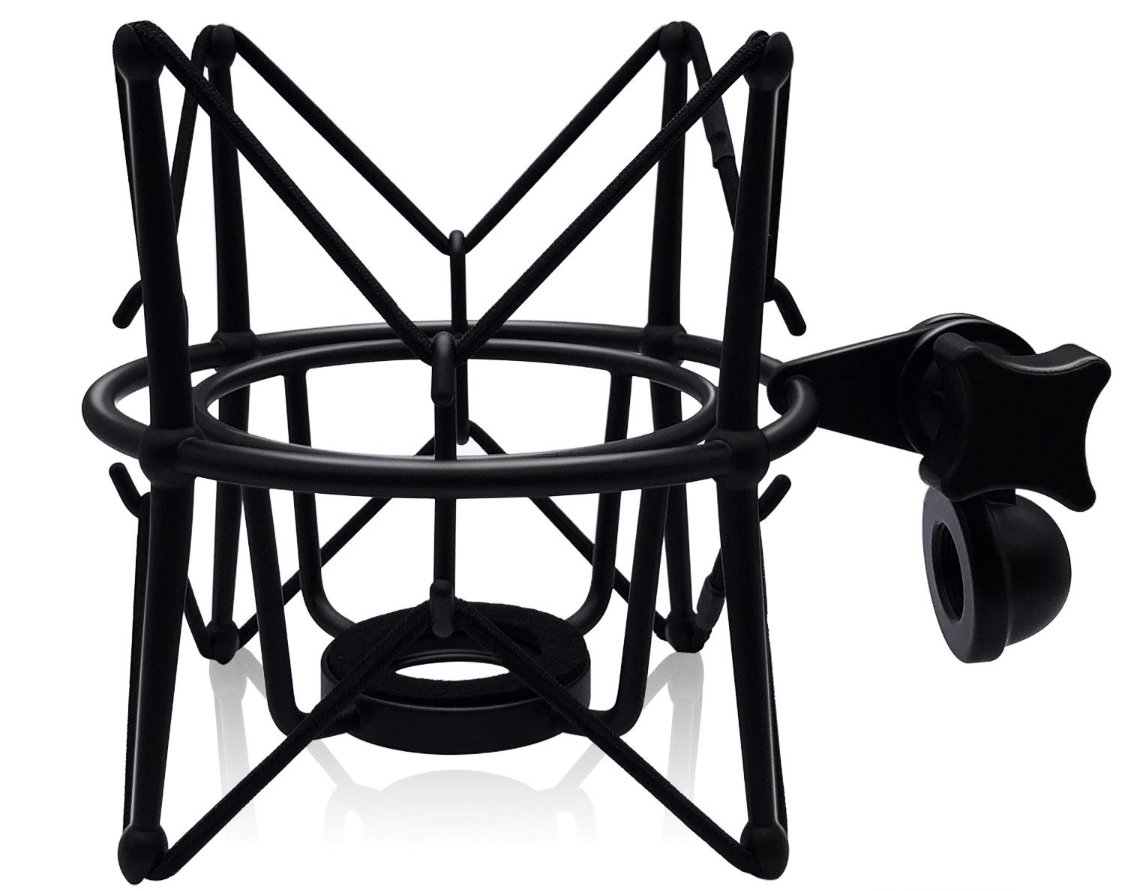
5. Shock Mount: A shock mount isolates the microphone from vibrations and handling noise, resulting in cleaner recordings. It attaches to the boom arm or mic stand and holds the microphone securely. The Rode PSM1 Shock Mount is a widely used option.
6. Audio Interface (optional): If you decide to use an XLR microphone instead of a USB one, you'll need an audio interface to connect your microphone to your computer. The Focusrite Scarlett 2i2 (3rd Gen) is a reliable and popular choice.
7. Acoustic Treatment (optional): Consider adding some basic acoustic treatment to your recording space to minimize echo and reverberation. This can be achieved through foam panels or bass traps strategically placed on your walls.
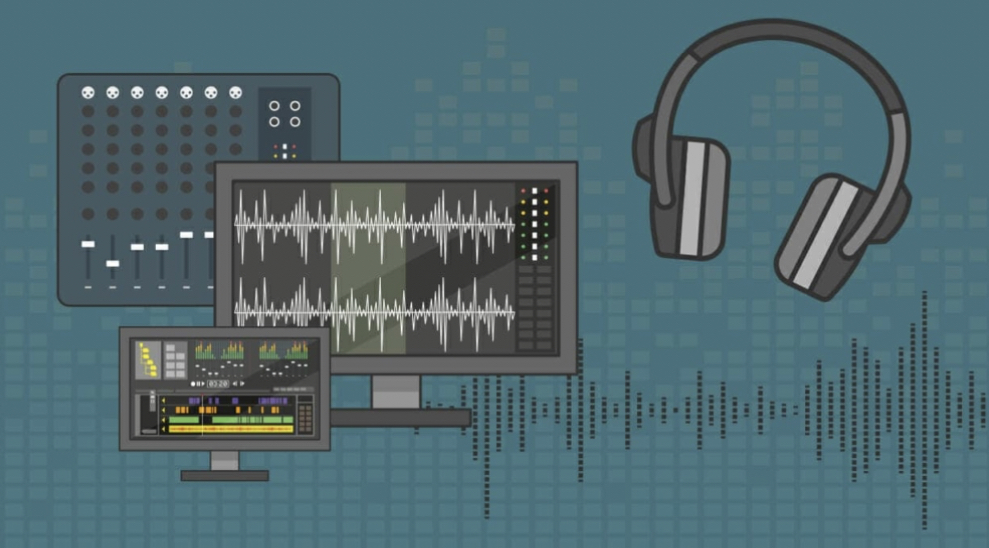
8. Recording and Editing Software: You'll need software to record and edit your podcast episodes. Popular options include Audacity (free), Adobe Audition, GarageBand (for Mac users), or Reaper.
Remember, these are just the essentials to get started. Depending on your budget and specific needs, you may also want to consider additional items like a sound mixer, audio cables, portable audio recorder, or a dedicated podcast hosting service.

